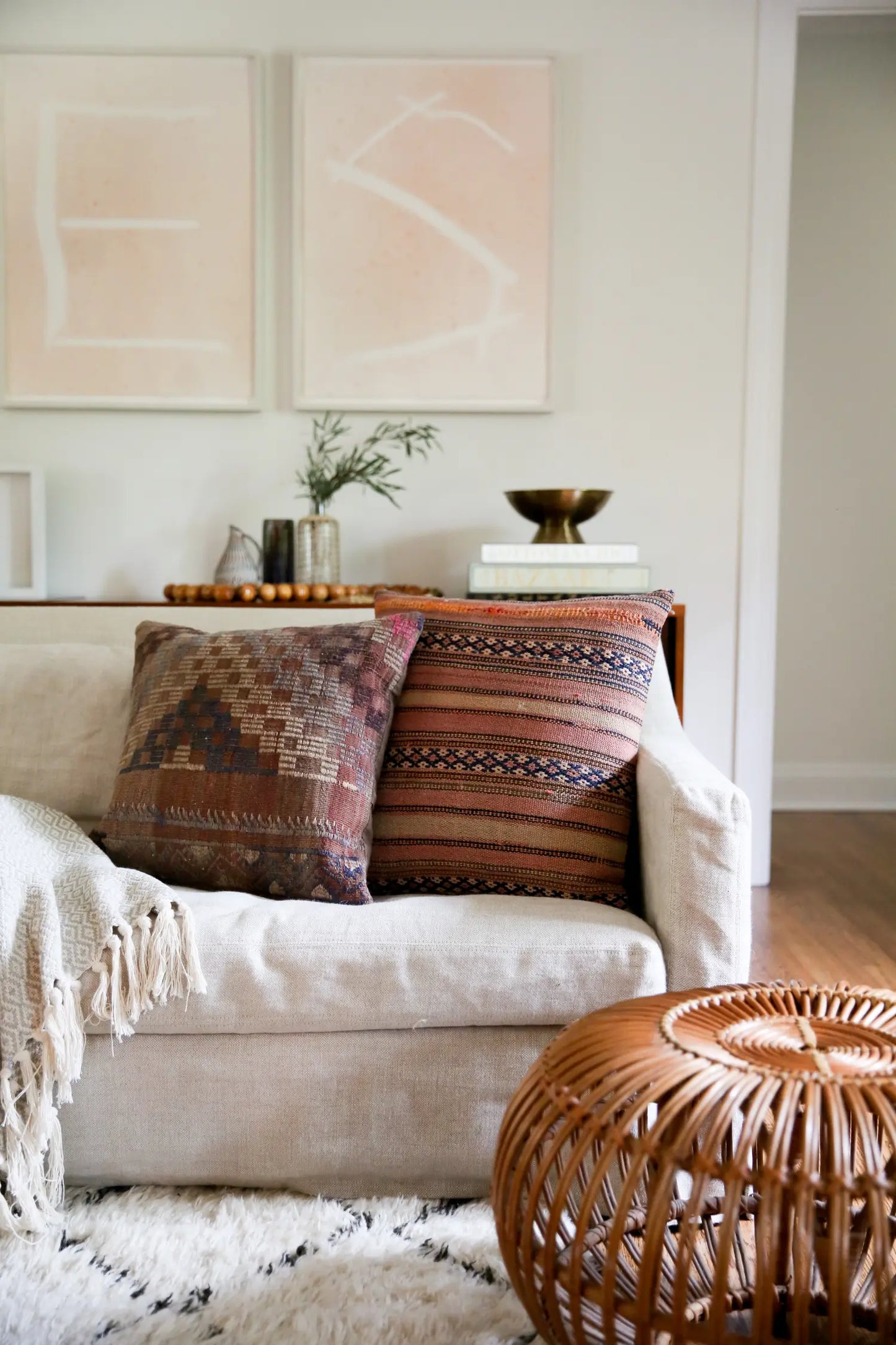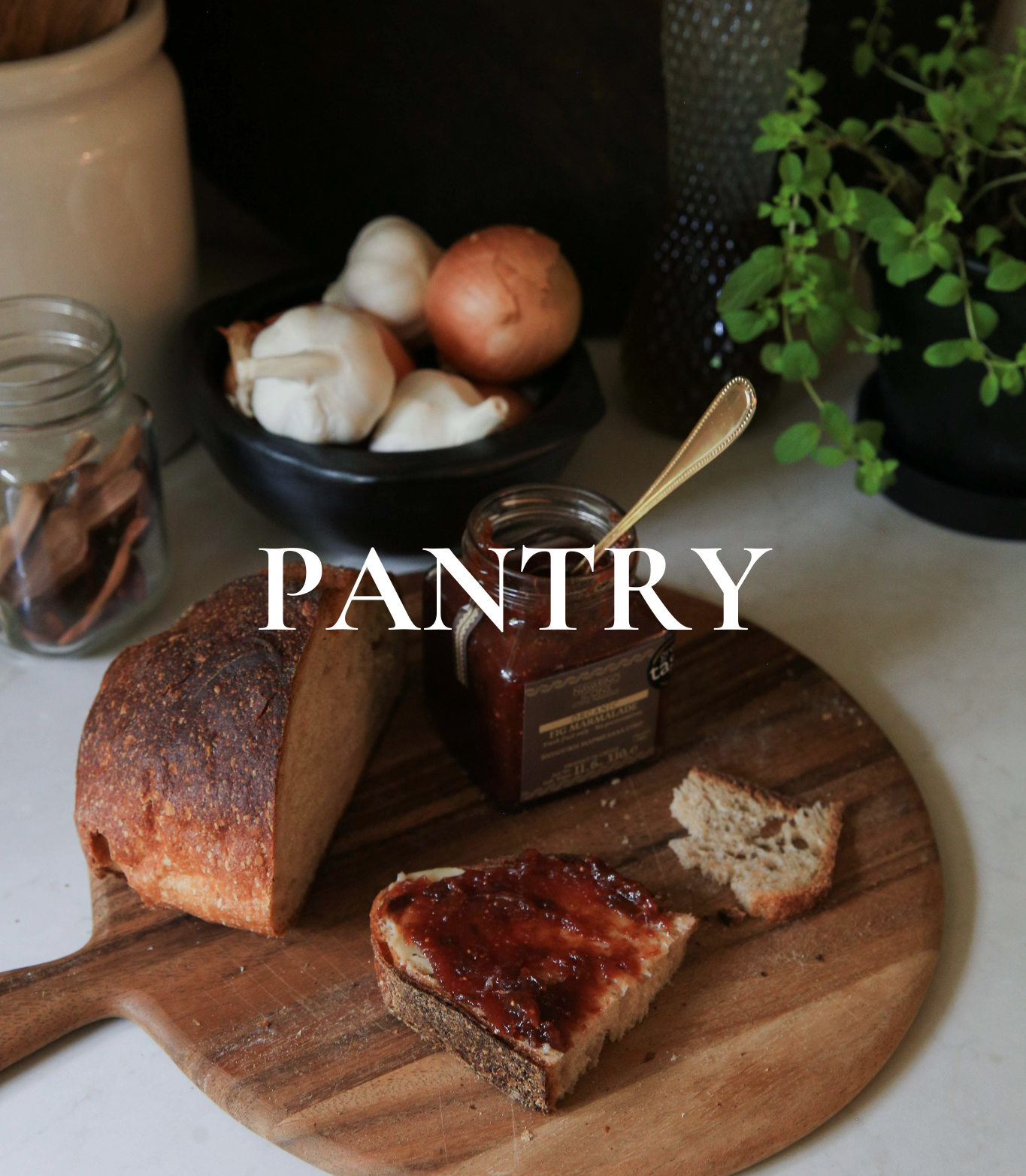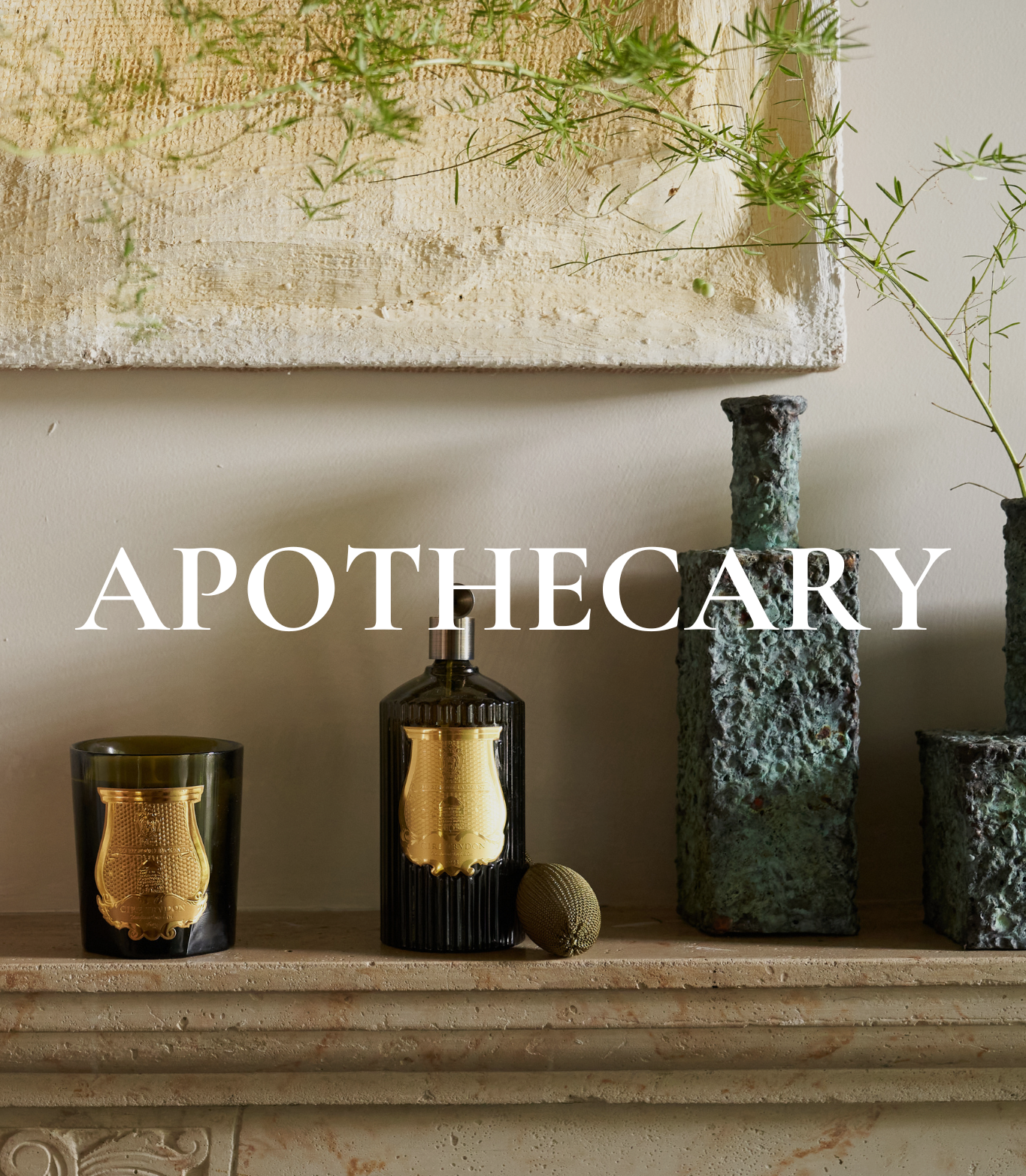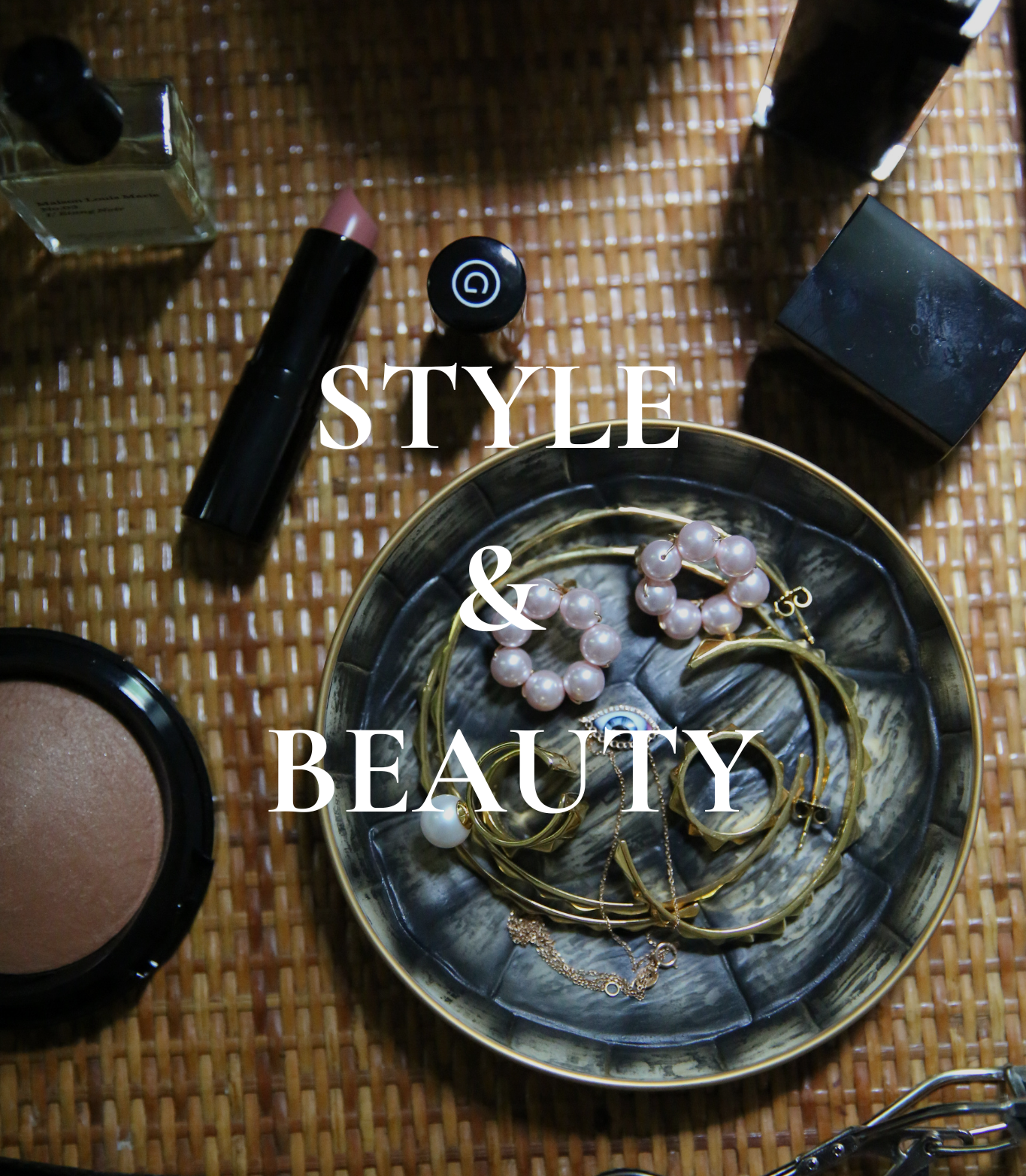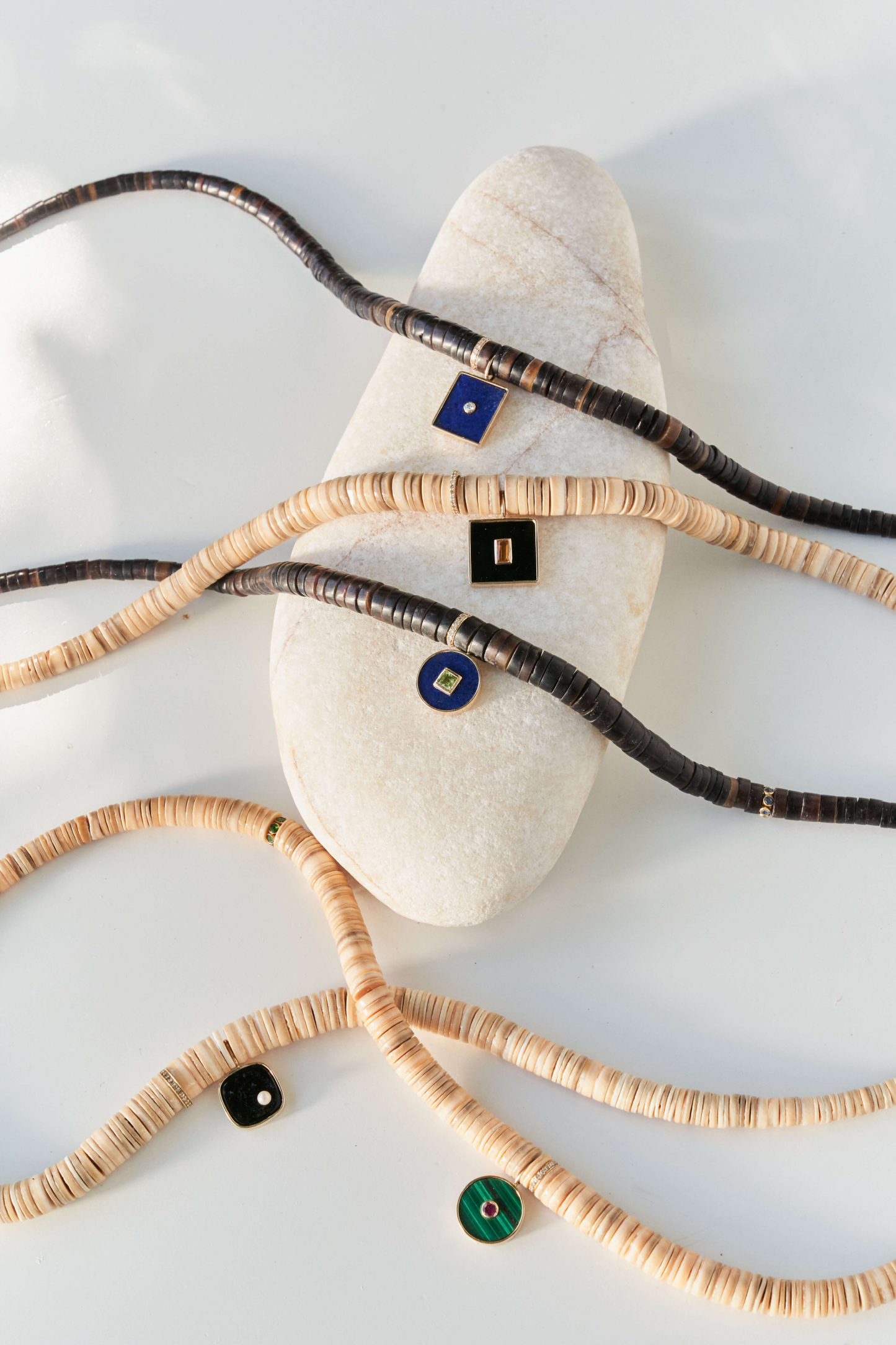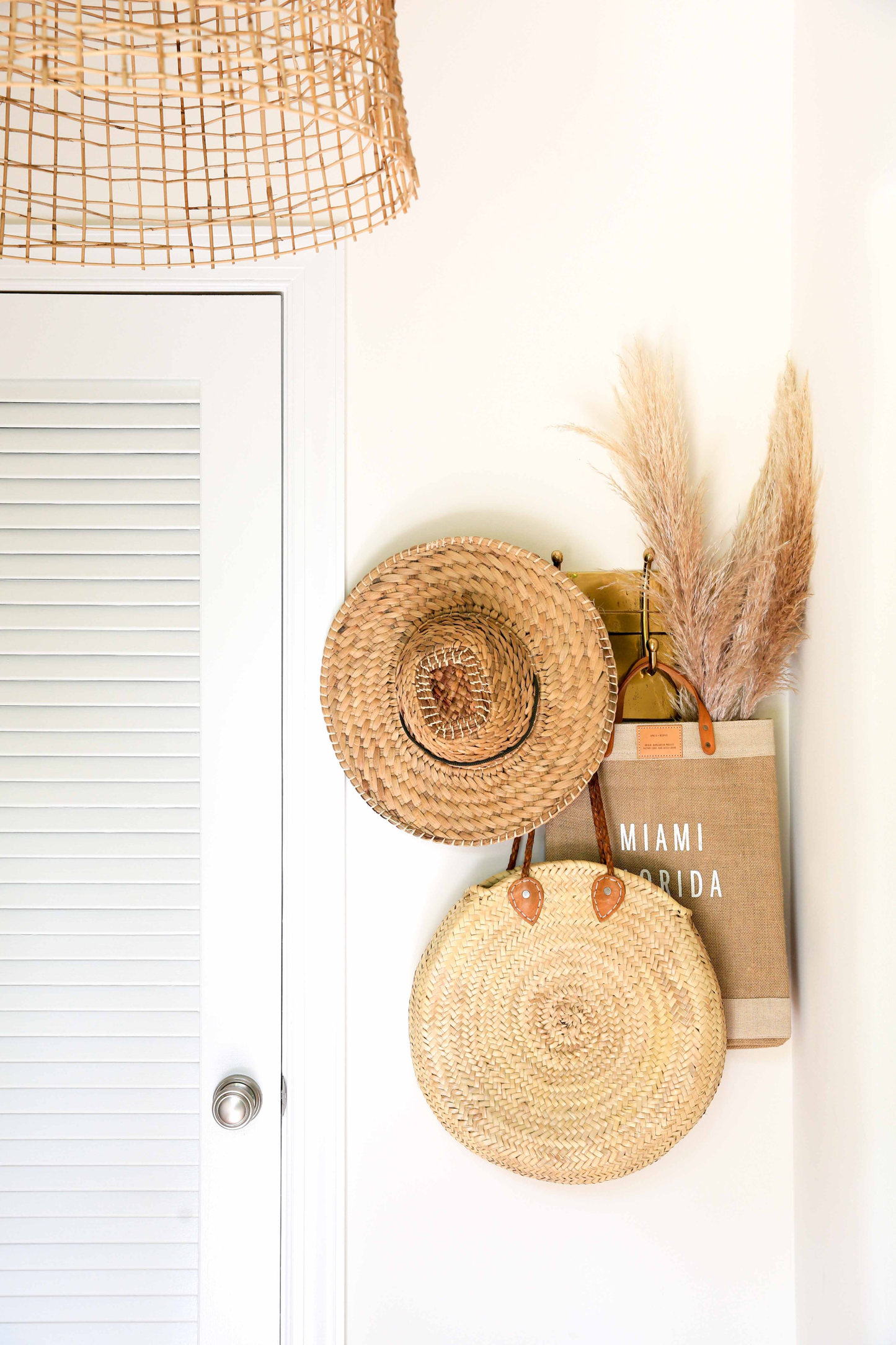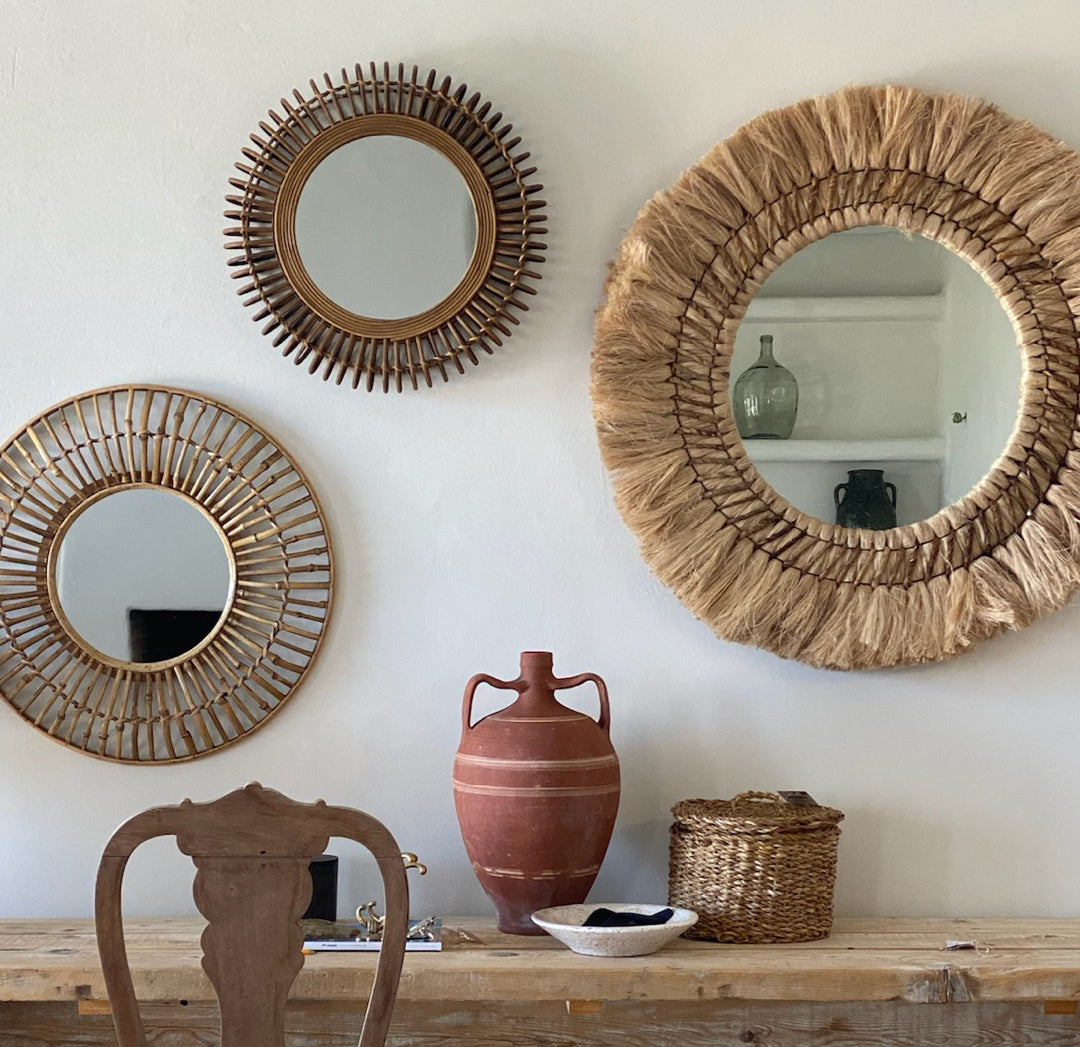
A blank wall is an invitation, especially when you fill it with ceramic color and hand-painted stories. Hanging plates on wall surfaces transforms everyday dinnerware into art, while keeping rooms light and airy—no heavy frames, no dusty shelves, just texture and personality that you can swap out at any time.
Here's everything you need to know—from tools and techniques to layout tips and hanging platters on the wall in style.
Tools and Materials for Hanging Dishes On The Wall
Before you start, gather these essentials to make the process smooth and secure:
- Plate holders: Metal or wire plate holders are reliable for various plate sizes.
- Adhesive hooks & museum gel: Ideal for no-hole installation or delicate surfaces.
- Level and measuring tape: Ensure your layout stays balanced and neat.
- Pencil: For marking positions before drilling or sticking hooks.
- Heavy-duty anchors and hooks: Crucial for plates for hanging on the wall, especially heavy ceramic or glass pieces.
Tip: Keep a soft cloth nearby to clean plates before hanging—they'll look even better under the light.
How to Hang Plates On The Wall in 4 Steps
Follow these four steps for a secure and stylish plate wall:
1. Plan Your Layout
Start by visualizing the entire arrangement before making any change. Think about it - do you want 4, 5, or more plates? This step ensures your wall looks balanced and intentional, not random.
- Trace & Test: Trace each plate on craft paper, cut out the shapes, and tape them to the wall or arrange them on the floor. This lets you experiment without damaging the wall.
- Start with a Focal Point: Pick your largest or most decorative plate as the centerpiece and build around it for symmetry.
- Mind the Spacing: Keep gaps consistent—typically 2–3 inches apart. Too tight looks cluttered; too wide feels disconnected.
- Mix Sizes: Combine large, medium, and small plates for visual interest. Stick to a cohesive theme, such as similar colors or complementary patterns.
- Stay Level: Use painter's tape as a straight guide and a level for perfect alignment. Measure from the floor or a fixed point to maintain even height across the arrangement.

2. Choose a Decorative Wall Plate
Picking the right plates isn't just about grabbing what you have in the cupboard. The goal is to make your wall look curated and stylish, not random. Here are some directions:
1. Define Your Style
- Do you want a classic Mediterranean feel? Opt for antique plates in blue, such as the Margate Harbour Arm & Skies Plate, or green and earthy tones.
- Prefer minimalist or modern? Choose plain white plates with clean lines or matte finishes for a classic look, like the Dove Round Platter.
- Love a boho or eclectic look? Mix bright colors, patterns, and choose some art plates (or create your own) such as the Blurred Lines Plate.
2. Consider the Space
- Dining room walls: Bold and colorful plates work well to create a lively atmosphere.
- Kitchen: Neutral or pastel shades keep things light and airy.
-
Hallway or entryway: Statement pieces giving a gallery wall vibe.
3. Decide on a Theme
- Match the color scheme of your room or create contrast for visual impact.
- Choose a single shape (all round or all square) for a structured look, or mix them for a more eclectic look.
4. Use Size for Visual Interest
- Combine large plates as anchors with smaller plates to fill gaps.
- For tall walls, consider vertical stacking; for wide spaces, go with horizontal layouts.
5. Quality Over Quantity
Choose plates made for display or sturdy dinnerware that won't crack easily. So, look for unique details such as embossed edges or subtle patterns.
Tip: Start small. Select 3–5 plates in a similar color family, then expand your collection as you become more confident.

3. Mark Your Points
After deciding on the layout, it's time to picture hooks and make marks for them or holders.
- Use Your Templates: Keep the paper cutouts in place and mark the center of each plate.
- Double-Check Spacing: Step back and confirm the arrangement looks balanced before drilling or gluing anything.
- Measure Twice, Hang Once: Align marks using a level to avoid a lopsided display.
4. Install Hooks or Holders & Plate Hangers
Now, secure your plates using the right hardware for their weight.
- Light Plates: Adhesive hooks or museum gel work for lightweight pieces without drilling.
- Heavy Plates: Use metal or wire plate hangers with heavy-duty anchors for a strong hold.
- Secure Extras: Add a dab of museum gel at the bottom to prevent slipping or rattling.
- Hang & Adjust: Start with your centerpiece and work outward. Step back frequently to ensure the layout still looks balanced.
Benefits of Hanging Plates On The Wall
Why choose hanging dishes on the wall as a decor choice? Here's what makes this idea timeless and versatile:
- Adds warmth and personality: Plates introduce color, patterns, and a personal story into any room.
- Maximizes small spaces: Ideal for kitchens or dining rooms with limited shelf space.
- Showcases craftsmanship: Display handcrafted Mediterranean pieces from Mrs. Mandolin or unique flea-market finds.
-
Flexible design: Easily swap plates for seasonal updates without major renovations.
This approach transforms functional pieces into visual art, making them ideal for anyone who wants to combine style and practicality.

How to Hang a Heavy Ceramic Plate On The Wall?
Ceramic plates look stunning but require extra care. Here's what works:
- Select the right plate hangers: Use anchors rated for the weight of the plate.
- Add extra security: Apply museum gel or consider French cleats for maximum hold.
-
Check stability: Give each plate a gentle tug to confirm it's safe.
Pro Tip: Avoid lightweight adhesive hooks for ceramic—they often fail over time.
How to Hang Plates on the Wall Without Plate Hangers?
Want invisible plate hangers, and not a fan of drilling holes into your wall? Good news—there are several ways to display plates while keeping your wall and plates safe. These methods are ideal for renters or anyone looking for a clean aesthetic without a scratch.
1. Strong Adhesive Hooks
These hooks hold tightly to the wall, eliminating the need for nails.
How to use:
✅ Clean the wall with rubbing alcohol for better adhesion.
✅ Stick the hook firmly and let it set for at least 1 hour before hanging.
✅ Check the weight rating—most can hold up to 3–5 lbs.
Best for: Medium-sized plates in low-humidity areas (avoid bathrooms or kitchens where moisture can weaken adhesive).
2. Museum Gel or Putty
This is a renter-friendly option often used in gallery walls to secure items without leaving marks.
How to use:
✅ Apply small dabs of gel or putty to the back of the plate.
✅ Press the plate firmly against the wall and hold for 30 seconds.
Best for: Lightweight plates or decorative platters.
3. Adhesive Disc Hangers
These are flat, round discs with a strong adhesive backing. Once attached to the back of the plate, they provide an invisible hanging option.
How to use:
✅ Wet the adhesive slightly, then attach it to the plate.
✅ Let the glue dry for 24 hours before hanging.
✅ The metal ring on the disc hooks onto a standard wall nail or hook.
Best for: Plates up to 6 lbs, including medium to large decorative pieces.
Important Reminder:
- Always check weight limits for adhesives. Going beyond the limit can damage both the wall and your plates.
- Avoid using these methods for heirloom or extremely valuable plates; opt for traditional hangers in such cases.
Hanging Decorative Plates on the Wall Ideas
Here's how to make your plate wall Pinterest-worthy:
- Symmetrical Grids: Ideal for modern, clean aesthetics. Align plates in neat rows and columns for a polished, organized look. Use matching sizes for balance, or try alternating sizes for a subtle twist.
- Free-Form Clusters: Perfect for eclectic or farmhouse styles. Arrange plates organically—think cascading shapes across the wall. Start from the center and work outward for a natural, effortless feel.
- Mix Shapes and Sizes: Pair round dinner plates with oval platters or small dessert plates for a visually appealing presentation. The contrast creates depth and dimension, making your wall visually dynamic.
-
Play with Color: Experiment with gradients (like ombre blues) or stick to a single bold tone for a dramatic effect. Alternatively, mix patterns and textures for a maximalist statement wall that feels curated rather than cluttered.
Have You Got Everything You Need?
Creating a plate wall is about more than decor; it's about telling a story through pieces you love. With the right plan, tools, and creative ideas, your wall can become the highlight of your home.
Ready to start? Explore Mrs. Mandolin's Dinnerware collection and bring Mediterranean charm to your space today!
Frequently Asked Questions
How Do I Remove a Plate Without Damaging the Wall?
Slide a flat tool (like a plastic scraper) under adhesive hooks slowly, then clean the surface with rubbing alcohol.
Can I Use the Same Method for Plates of Different Weights?
Not always. Heavy plates need anchors or weight-rated hooks—don't risk adhesive-only solutions.
Which Mount Is Best for Vintage Plates?
Use padded wire holders to prevent scratching and distribute pressure evenly across delicate edges.
What's the Safest Way to Hang Platters on the Wall?
For large platters, use double hooks with anchors and a dab of museum gel for stability.

